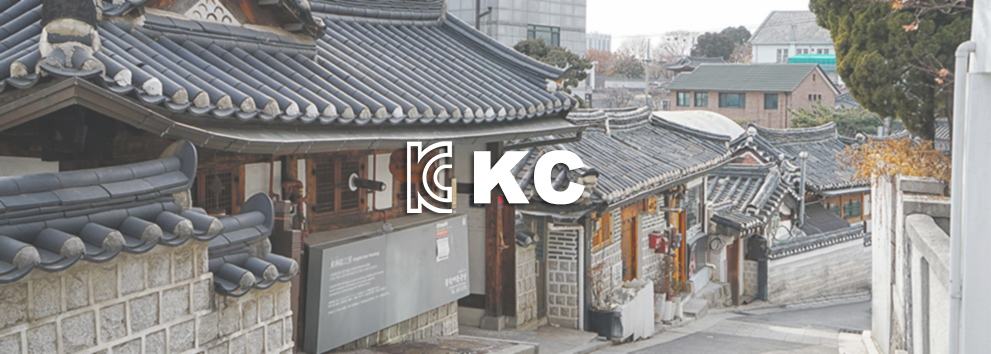Summary of changes to the new IEC 62619 version
Summary of changes to the new IEC 62619 version,
IEC 62619,
▍What is KC?
Since 25th Aug., 2008,Korea Ministry of Knowledge Economy (MKE) announced that the National Standard Committee will conduct a new national unified certification mark — named KC mark replacing Korean Certification during the time between Jul. 2009 and Dec. 2010. Electrical Appliances safety certification scheme (KC Certification) is a mandatory and self-regulatory safety confirmation scheme according to Electrical Appliances Safety Control Act, a scheme which certified safety of manufacture and sale.
The difference between mandatory certification and self-regulatory (voluntary) safety confirmation:
For the safe management of electrical appliances, KC certification is divided into mandatory and self-regulatory (voluntary) safety certifications as the classification of danger of product.The subjects of Mandatory certification is applied to electrical appliances which its structures and methods of application may cause serious dangerous results or obstacle such as fire, electric shock. While the subjects of self-regulatory (voluntary) safety certification is applied to electrical appliances which its structures and methods of application can hardly causes serious dangerous results or obstacle such as fire, electric shock. And the danger and obstacle can be prevented by testing the electrical appliances.
▍Who can apply for KC certification:
All legal persons or individuals both at home and abroad who are engaged in manufacturing, assembly, processing of electrical appliance.
▍Scheme and method of safety certification:
Apply for KC certification with product’s model that can be divided into basic model and series model.
In order to clarify model type and design of electrical appliances, an unique product name will be given according to its different function.
▍ KC certification for Lithium battery
- KC certification standard for lithium battery:KC62133:2019
- Product scope of KC certification for lithium battery
A. Secondary lithium batteries for use in portable application or removable devices
B. Cell is not subject to KC certificate whether for sale or assembled in batteries.
C. For batteries used in energy storage device or UPS (uninterruptible power supply), and their power which is greater than 500Wh are beyond the scope.
D. Battery whose volume energy density is lower than 400Wh/L comes into certification scope since 1st, Apr. 2016.
▍Why MCM?
● MCM keeps a close cooperation with Korean labs, such as KTR (Korea Testing & Research Institute) and is able to offer the best solutions with high cost performance and Value-added service to clients from the point of lead time, testing process, certification cost.
● KC certification for rechargeable lithium battery can be gained by submitting a CB certificate and convert it into KC certificate. As a CBTL under TÜV Rheinland, MCM can offer reports and certificates which can be applied for conversion of KC certificate directly. And the lead time can be shortened if applying CB and KC at the same time. What’s more, the related price will be more favorable.
IEC 62619: 2022 (the second version) released on 24 May 2022 will replace the first version published in 2017. IEC 62169 covers the safety requirements of secondary lithium ion cells and batteries for industrial use. It is generally considered to be a test standard for energy storage batteries. But in addition to energy storage batteries, IEC 62169 can also be used for lithium batteries used in uninterruptable power supplies (UPS), automatic transport vehicles (ATV), emergency power supplies and marine vehicles.
There are six major changes, but the most significant one is to add requirements for EMC.
EMC testing requirements have been added to a growing number of battery standards, especially for large power and energy storage systems, including standard UL 1973 released this year. In order to meet EMC testing requirements, manufacturers should optimize and improve circuit design and use of electronic components, and conduct preliminary verification on trial-produced products to ensure that EMC requirements are met.
According to the application procedure of new standard, CBTL or NCB should update their qualification and ability range first, which is expected to be completed within 1 month. The second is the need to edit a new version of the report template, which generally needs 1-3 months. After these two processes are completed, the new test standard and certification can be used.
Manufacturers do not have to rush to use the new IEC 62619 standard. After all, it takes a long time for regions and countries to abolish the old version of the standard, while generally the fastest time is basically 6-12 months.
It is recommended that manufacturers apply for certificates with the new version in the testing & certification of new products, and consider whether to update the product report & certificate of the old version according to the actual use situation.









